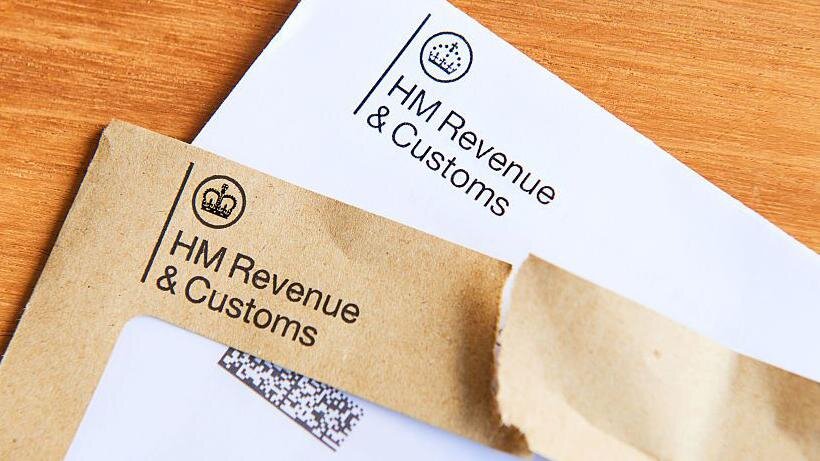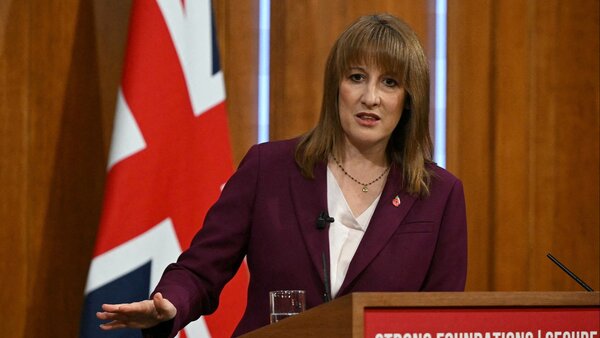Withdrawal penalties soar past £100m
HMRC has confirmed that Lifetime ISA (LISA) savers paid more than £102m in withdrawal penalties during the 2024/25 tax year, marking a sharp rise from £75.3m in the previous year. The figures reflect the growing number of individuals accessing their savings outside the two permitted uses first-home purchases or retirement after 60.
The 25 per cent penalty effectively claws back not only the government bonus but also part of the saver’s own contributions, leading to criticism that it punishes people facing unexpected financial needs.
What the rules say
Under current LISA rules, savers can withdraw funds only for two purposes without incurring penalties: buying a first home worth up to £450,000 or after reaching age 60 for retirement. Withdrawals for any other reason are subject to a 25 per cent charge.
This structure means that savers lose the government top-up and a portion of their own money, making the penalty far steeper than it initially appears.
Expert warnings on financial risks
Helen Morrissey, head of retirement analysis at Hargreaves Lansdown, explained that while the 25 per cent government bonus is a significant incentive, the exit penalty is a “tough lesson” for those who need their savings early.
“For someone who has saved hard to try and meet a financial goal, it’s devastating to see not just the bonus wiped out but also part of their own cash,” she said.
Surge in property-related withdrawals
According to Claire Exley of JP Morgan-owned Nutmeg, more savers tapped into LISAs for property purchases during 2024/25, driven by changes to stamp duty rules earlier this year.
She noted that rising house prices have also pushed many properties above the £450,000 LISA cap, forcing first-time buyers to either pay penalties or reconsider their savings strategy.
Impact on savers facing life changes
Experts highlight that life events from job losses to family emergencies often force individuals to dip into savings early. Jason Hollands of Bestinvest cautioned that ISAs, including LISAs, “should not be taken for granted” given the UK’s tightening tax environment.
“People are increasingly reliant on savings products, but the harsh penalty regime can leave them worse off when financial difficulties arise,” Hollands said.
Calls for reform
The sharp rise in penalties has prompted debate over whether the system should be reformed to better protect savers facing genuine hardship. Some financial advisers argue for a reduced penalty rate, particularly in cases where withdrawals are driven by unforeseen circumstances.
However, HMRC has defended the current system, insisting the rules are designed to ensure LISAs remain focused on their core purposes: supporting first-time buyers and retirement saving.
What savers should consider
Financial planners recommend that individuals only commit money to a LISA if they are confident it will be used for a qualifying purpose. Otherwise, traditional ISAs or other savings accounts may offer greater flexibility without the risk of heavy penalties.
Experts warn that the £102m figure should serve as a cautionary tale for those unsure about their long-term financial plans.
The surge in LISA withdrawal penalties highlights the tension between incentivising long-term saving and punishing early access. While the scheme has successfully helped many first-time buyers, those withdrawing funds early face steep financial consequences.
With penalties rising sharply and property prices testing scheme limits, there is growing pressure on the government to review the rules. For now, savers are advised to use LISAs only with clear, long-term goals in mind and to keep alternatives in place for emergency needs.
For more updates on HMRC changes and how they could affect your personal finances, download the Pie app, which helps you stay ahead with clear insights into tax, savings, and government policy.










